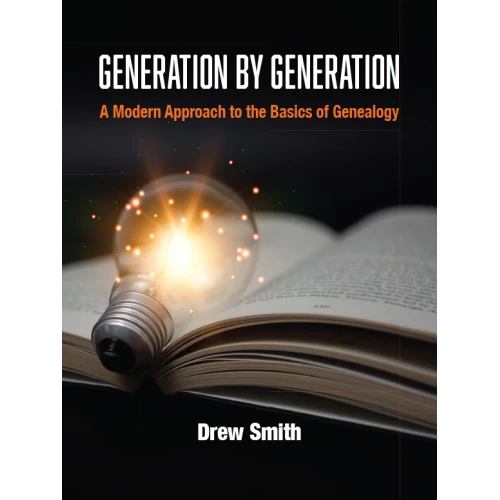Tattershall packs a lot of ideas and info into nine chapters plus a humdinger of a worksheet, and an index. The table of contents includes:
- Why Family Story? - "We work hard to discover our family tree," writes the author. "But what we really want to know is our family story." So true. Names and dates don't illuminate ancestors' lives. That's why this book is so helpful.
- How to Tell a Good Story - Engage readers. Then plot a course and find a theme to keep readers interested.
- The Stuff - Put meat on the bones by researching and interpreting history, biography, and "affective history."
- Puzzle Pieces - We have facts, but we may also have fiction. How to put the puzzle pieces together in the right way and in the wider context.
- The Value of Things - Going beyond words to tell the story with images, heirlooms, places, and more.
- Format - Text, audio, and/or video? Considerations as you choose a format to tell your ancestor's story.
- True and Good - "You've done fact-finding. Now it's time to spin a tale," the author says, and he goes on to explain how to make the story interesting without getting bogged down.
- Before You Write - Tattershall recommends outlining first to establish how to organize and present your story, with examples. Yes, outlining really works.
- Conclusion - "Your family history is a story worth telling, and therefore a story worth telling well."
Although I would have preferred a little more elaboration on the key points in this slender book, I appreciate and agree with Tattershall's emphasis on telling an engaging story, well beyond names and dates with sources.
In particular, I recommend his Family Story Worksheet, shown on p. 81. The worksheet serves as a quick-start guide to completing the components needed to spin a tale that will interest the next generation and beyond.
Storytelling for Genealogists is an excellent, practical, readable book for anyone who wants to bring family history alive through storytelling.
Please note: The Genealogical Publishing Company sent me a free review copy of this book, and it has previously provided free review copies of other books. My reviews always reflect my honest opinions, without regard to any outside influence.





